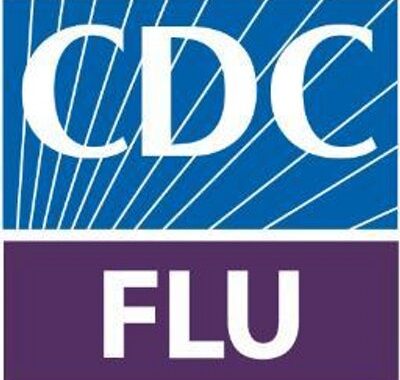Chemical cleaners on the market to remove and clean biofilm from dental unit waterlines (DUWLs)…
Hydrocodone Combo Products Reclassified to Schedule II Drugs – Dental Regulations
Effective October 6, 2014, the US Drug Enforcement Agency (DEA) restricted hydrocodone combination products (HCPs), which include Vicodin®, Lortab®, and Hycodan®, from Schedule III to the more restrictive Schedule II. Hydrocodone is a strong pain-killer, with similar complications and risks with use and abuse as other Schedule II drugs such as morphine, Oxycontin®, and amphetamines. This change impacts how dentists prescribe and dispense hydrocodone combination products in the United States, affecting dentists and patients alike in the following ways:
- Each prescription for an HCP must be handwritten by the dentist on special security paper. Fax transmittals are no longer allowed, and telephone prescriptions are only allowed in emergency situations for a 72-hour supply only, followed by a written prescription to a pharmacy. Electronic prescribing is allowed in some states if the software meets DEA requirements for prescribing Schedule II substances. Check with your state agency to find out if e-prescribing is allowed.
- Refills are no longer allowed. A dentist must provide a new handwritten prescription every time a patient needs additional medication. A patient must visit a healthcare professional to get a written prescription for all HCP refills.
- Prescriptions for HCPs issued before October 6, 2014, that have authorizing refills may be dispensed in accordance with DEA rules for Schedule III substances until April 8, 2015.
- Dentists who are not registered with the DEA to prescribe Schedule II medications will have to upgrade their existing registration with the DEA as Schedule II prescribers to continue prescribing these medications for their patients. Dentists can change their registration status here.
- Dentists who dispense Schedule II substances must follow specific requirements for recordkeeping, disposal, security, and storage. Beginning October 6, dispensers of Schedule II medication are required to develop and maintain a detailed, real-time inventory, with the following information: name of each substance and its finished form, number of dosage units of each finished form in the commercial container, number of commercial containers, how the substances were dispensed.
- Dentists may provide individual patients with multiple prescriptions for the same Schedule II substance to be filled sequentially, provided certain requirements are followed. The purpose of the multiple prescriptions is to allow the patient to receive, over time, up to a 90-day supply of that controlled substance. Post-dating is not allowed.
Requirements for issuance:
- Each prescription issued is for a legitimate medical purpose by a dentist acting in the usual course of his/her professional practice.
- The dentist must provide written instructions on each prescription indicating the earliest date on which a pharmacy may fill each prescription.
- The dentist complies fully with all other applicable DEA and state laws.
For DEA contact information by state, click here.
Since 1992, OSHA Review, Inc. has provided dental professionals with comprehensive programs to support regulatory compliance and infection control. We are a registered continuing education provider in the state of California, specializing in Dental Practice Act, infection control, and OSHA training.



